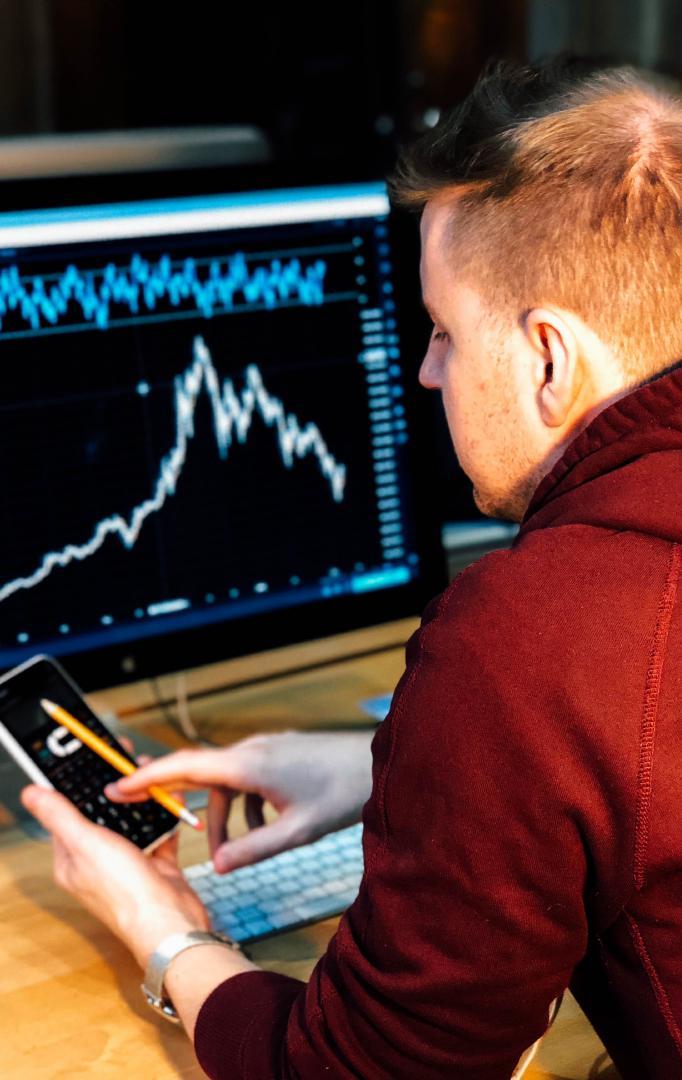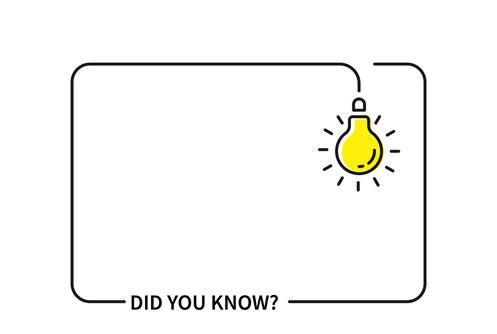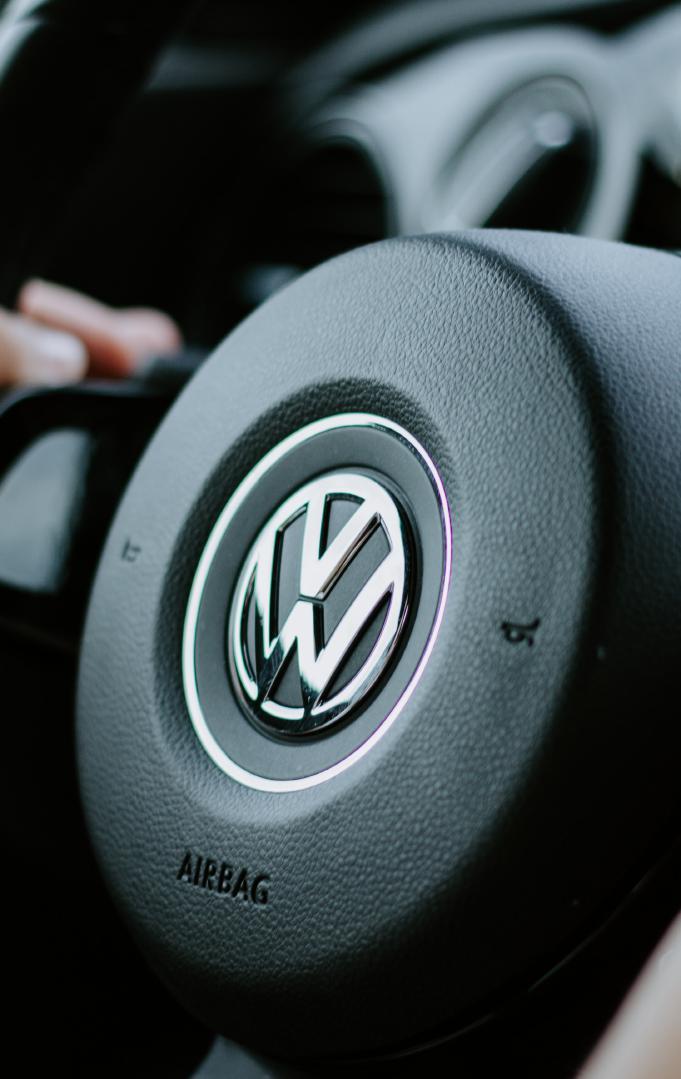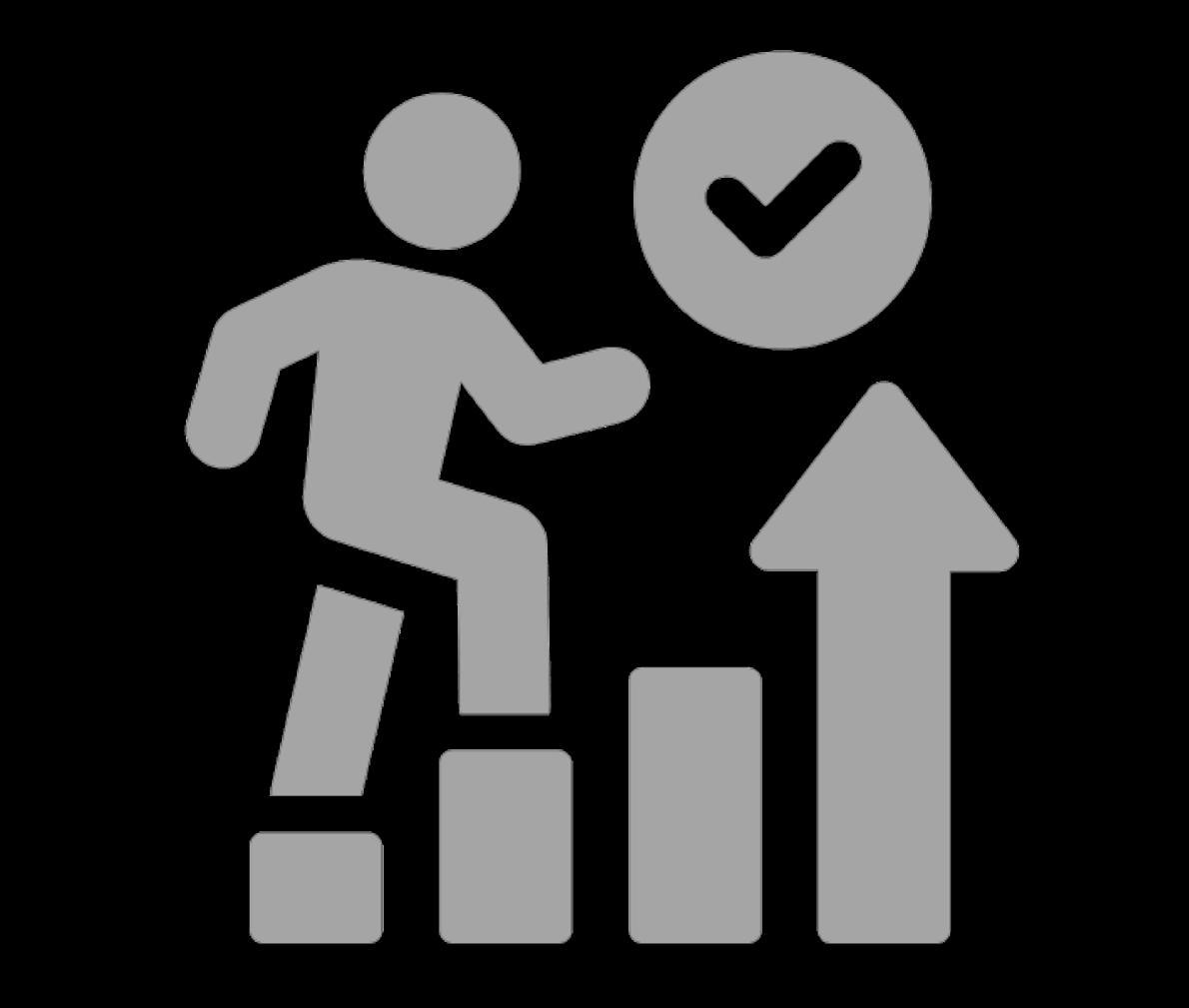BREACHING THE VOID TRUST IN THE AGE OF MISTRUST








During the pandemic, in addition to governments and the media, people turned to brands for much-needed leadership in a time of crisis
That bubble has now burst…
Post-pandemic:
Trust in governments is downward spiralling1 with people increasingly view both governments and the media as divisive forces in society; And trust in corporations has returned to the state of continual decline we’ve been seeing for the last decade1.
In this age of mistrust, understanding how trusted your brand is – and if necessary, how to address your trust shortfall – has never been more important.
Because, a trusted brand is a growing brand.

This matters. Trust is proven to drive sales…
In this report, we look at why trust is so important to brands, what makes some brands more trustworthy than others, and what brands can do to build trust.


Advertising without trust is just noise Innovation without trust is obsolete A brand without trust is just a commodity
Trust is the belief that promises are going to be kept and your weaknesses not exploited
The Organisation for Economic Co-operation and Development (OECD) defines trust as ‘a person’s belief that another person or institution will act consistently with their expectations of positive behaviour’.






Trust has a powerful impact on economic success –the OECD reports that trust is a key driver of economic performance around the world 2 .
In addition, the United Nation’s global 2021 World Happiness Report3 found that the key drivers of happiness were health, trust, generosity, dependability, income and freedom. Thus, building a trusted brand promotes consumer wellbeing!
Beyond the bottom line, investing in trust promotes human happiness!

Trust drives behaviours that are favourable for brand growth4: were prepared to share
personalisation
are prepared to purchase a new product or service from a brand they trust
are prepared to advocate for brands that they trust
Making rational decisions about whether to trust someone (and how much) is tough.
It turns out consumers take mental ‘shortcuts’ to to decide whether to trust, either people or brands.
Social psychologist Susan Fiske notably created a framework that looks at two dimensions of consumers’ perceptions of brands in the context of trust5:
Warmth or Caring – having brand goals/ intentions are aligned with theirs

The ability to deliver against these intentions

Incapable and uncaring, consumers are far from trusting of brands that seem to have neither the moral compass or the skillset to deliver against the goal they are trying to achieve

Enron’s demise was a live demonstration of the destructive power of lost trust
As soon as the news started circulating that the company was not truly living up to its famously over indexed reported revenue to size ratio (lost competence) the house of cards started falling
Add to this the fraudulent behavior and use of inflated reporting numbers (see MTM accounting) strongly indicating a lack of care for investors and it was game over for trust!

At Enron’s peak, its shares were trading at $90.75 vs $0.26 just prior to declaring bankruptcy in 20016

While consumers think fondly of brands who have aligned attentions to theirs, they largely are unwilling to take the risk of parting with significant time or financial investment if they feel this intention can not be acted on by an organization


British Airways, once a prestigious symbol of the UK and a national champion has witnessed the impact of diminishing trust in recent years –something accelerated by a recent wave of cancelations

Customer data breaches, a wave of recent cancelations, restructures and internal politics coming to public attention have all called into question the companies competency
Here showing how a legacy of prestige care and customer service cannot offset these challenges alone!
Despite being a certified 4-Star Airline for the quality of its airport and onboard product & staff service the shares are 70% down over the last 5 years7
Getting the job done but at what cost? When consumers believe you can deliver but if your incentives, methods or means are perverse many remain reluctant to trust (especially for high value or repeat purchases)

Volkswagen, once a leading car manufacturer, saw the effect low care had on brand trust when it was exposed for ‘rigging’ the diesel emission levels for 11 million vehicles –an issue it referred to as software ‘irregularities’

Despite this not materially impacting the cars functionality, overnight, it clearly indicated a lack of care in the way it operated – loosing both the trust of its direct customers and the broader trust it had as a respected brand
YouGov reported Volkswagen Buzz Score dropped 5.4 points in a week and the company had to allocate $6.5bn to building back customer trust8

The golden trust quadrant; consumers are confident that you both can and will act in their best interests - as a result they are willing to repeatedly purchase and justify a higher prices
The Pampers brand is one of the most trusted globally, in a category where this is particularly valuable (a crucial item for their most precious belonging: the new-born baby)
Since 1956, the brand has developed leading products for babies, driven by extensive research and insight into the needs of growing babies & their parents. Pampers exudes competency


In parallel, through initiatives such as its Parenting Panel providing advice and info to aid baby & parent wellbeing, and its long-standing partnership with UNICEF, it exudes care
Proving that trust pays, Pampers was the first P&G brand to exceed $10bn in annual sales9








Are you looking to build greater trust with consumers?
Or more seriously, is your brand facing a trust crisis?

Don’t panic.
There are simple, tangible steps you can take to improve things…



How can you help your customers, even when not being asked

Care is about your goals aligning with customers. Be clear and open on what your goals are (Purpose/ESG)
Of your customers’ wellbeing, wallet or privacy

Talk in human language, on an emotive human level
E.g. Pret’s spontaneous sandwiches, given out free to make customers’ day

E.g. Tenzing: ‘Most energy drinks are full of synthetic caffeine, artificial mood boosters and sugar. We thought there must be a better way to achieve the same thing with plants.’

E.g. Apple giving consumers control to ask apps not to track their behaviour
E.g. P&G’s ‘Thank you Mom’ campaign




Close the ‘Say / Do’ gap and put your money where your mouth
is. Invest in the things that matter
Highlight heritage & expertise, plus be tangible in your commitment to quality
Most importantly, always keep your promises
E.g. Before sponsoring the Paralympics, Sainsbury’s had already contributed to promoting sport, and was also the UK’s largest disabled employer

E.g. Warranties, guarantees or quantified features such as Max Factor, the makeup of makeup artists or Oral-B, recommended by dentists

E.g. John Lewis never knowingly undersold

It’s possible to rebuild trust even in the face of significant challenges.

In 1982, Johnson and Johnson was faced with severe backlash when seven people died in Chicago after taking Extra Strength Tylenol capsules.
Trust in both the brand and its parent brand took a huge hit.

However, J&J responded and over time, trust returned to the brand:
Signalling care - empathetically and responsibly quickly contact patients
Demonstrating competence – by effectively recalling and replacing 264,000 bottles of the product10







1. The 2022 Edelman Trust Barometer 2. OECD: For Good Measure: Advancing Research on Well-being Metrics Beyond GDP 3. World Happiness Report 2021 4. The 2022 Edelman Trust Barometer

Chris Malone & Susan Fiske: The Human Brand
